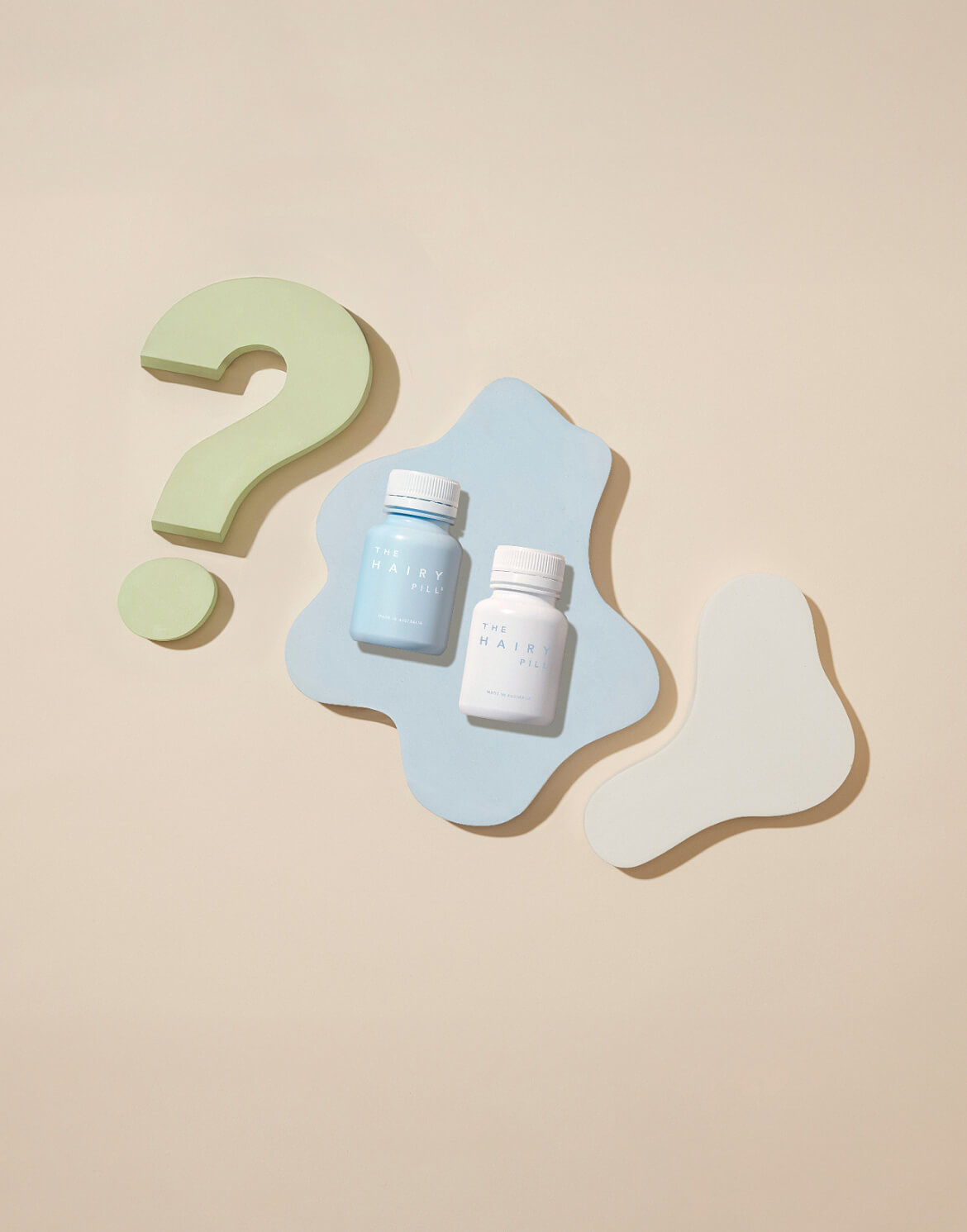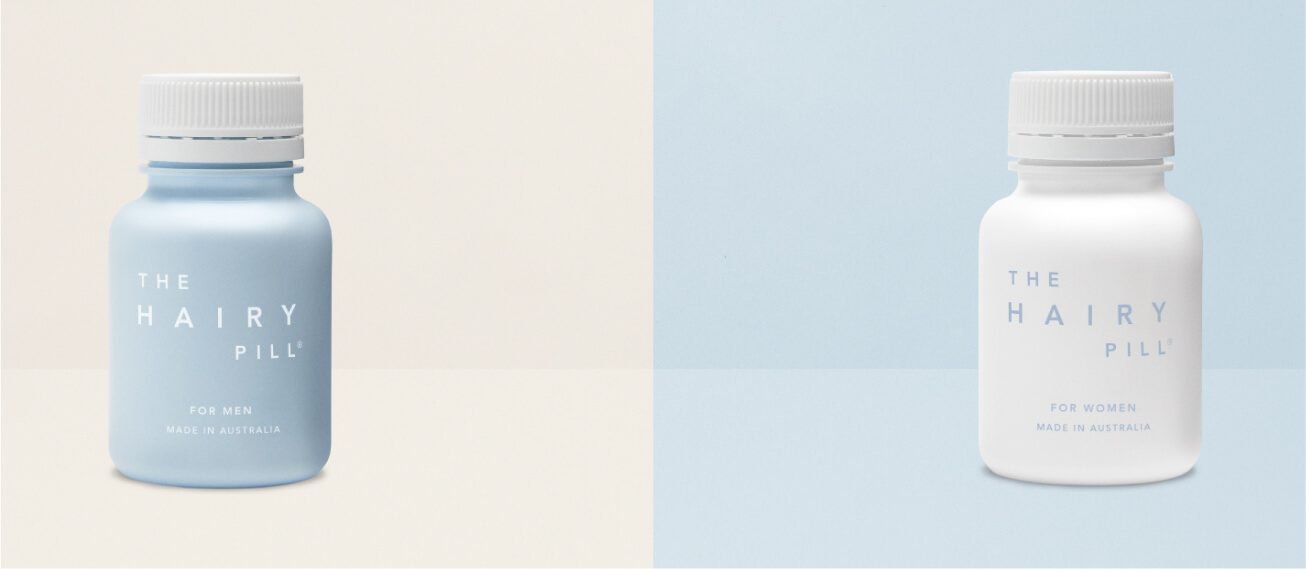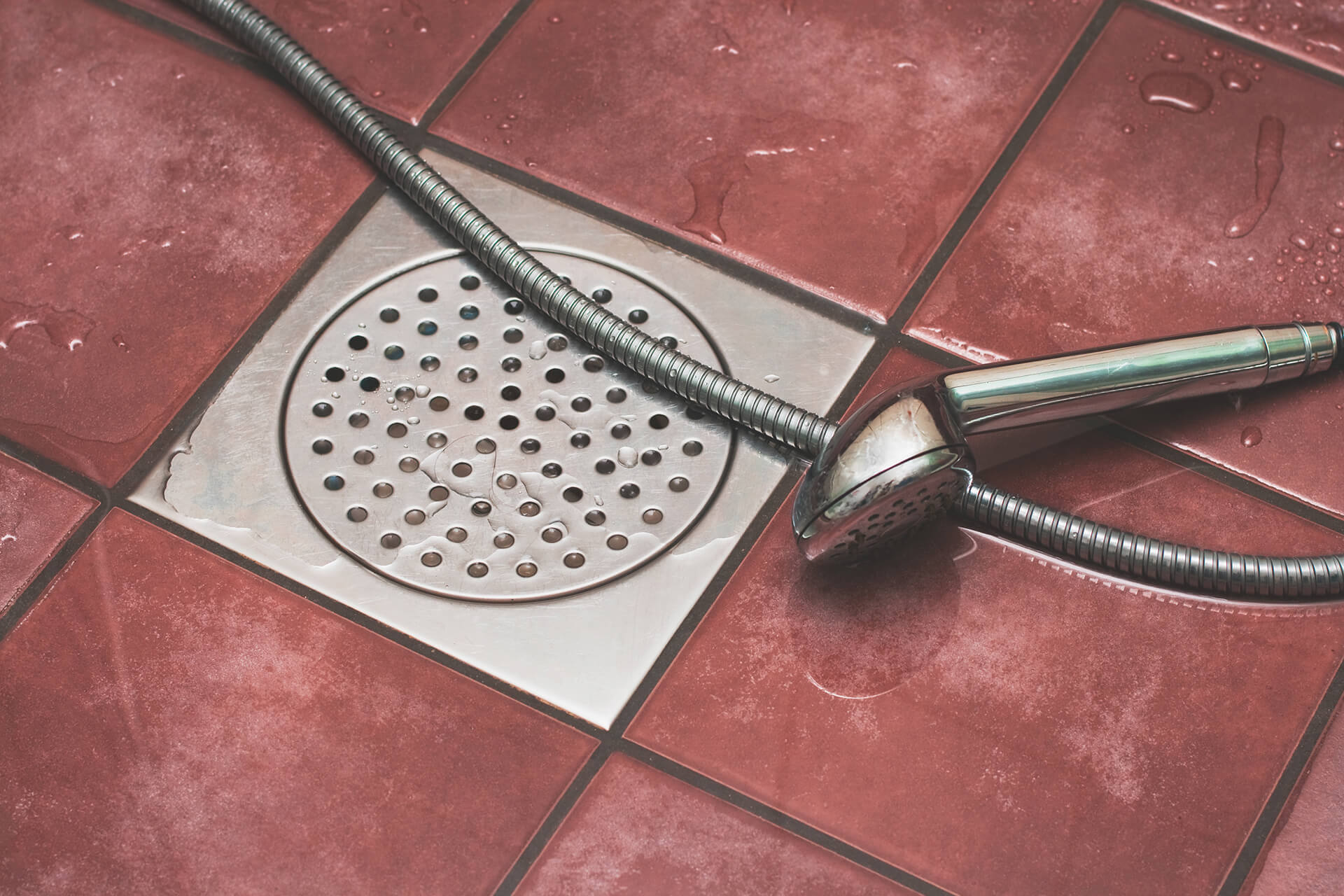Anagen effluvium is a type of hair loss that can result in total (or near total) balding. It’s commonly caused by cancer treatments like chemotherapy and radiation but it’s usually reversed once treatment has stopped.
While it’s often a temporary condition, it can still be a stressful or scary experience. So let’s take a look at the signs, causes, and possible treatments of anagen effluvium hair loss, including medication that stimulates hair growth.
If you’re concerned about anagen effluvium or any other type of hair loss, it’s important to speak with a healthcare provider for proper diagnosis and treatment.
So What Is Anagen Effluvium?
Anagen effluvium is a type of abrupt hair loss triggered by a stressor or event — most commonly, chemotherapy.
Let’s break it down.
Anagen describes the growth stage of the hair growth cycle. The other two stages are the catagen and telogen stages.
| Stage of cycle | Activity | Percentage of hair in this stage | Stage duration |
|---|---|---|---|
| Anagen | Hair grows | Approx. 90% | 2-6 years (average 3 years) |
| Catagen | Hair growth pauses | <1% | 10 days |
| Telogen | Hair rests and falls | 10-15% | 3-5 months |
Effluvium is the term used to describe significant hair loss (more than 100 hairs per day) that lasts longer than 2-4 weeks.
Put it together and you’ve got anagen effluvium: A type of alopecia that results in a loss of anagen hair. Since most of your hair is in the anagen phase at any given time, that amounts to substantial hair loss.
Discover if The Hairy Pill® is right for you.
Take our short hair health quiz and we will work out if The Hairy Pill® can help you and your hair.
Take the quizSigns of Anagen Effluvium Hair Loss (Hint: You Can’t Miss It)
Some types of hair loss — like androgenetic hair loss — are so gradual that you might not even notice it’s happening.
Anagen effluvium is not that type of hair loss.
It happens suddenly, with up to 90% of your hair falling out in a matter of weeks (usually within 14 days) following the trigger event. It may result in a completely or partially bald scalp — and you may even lose hair from your eyebrows, eyelashes, and body hair.
But there are some silver linings.
There is no discomfort, itching, or pain and in most cases, it’s temporary. Your hair usually regrows when you get rid of the trigger (such as when you stop chemotherapy).
Possible Causes of Anagen Effluvium
Each hair you have grows from a hair follicle under your skin. You have about 100,000 hair follicles on your scalp alone, each at a different point in the hair growth cycle.
Unlike telogen effluvium, where hairs prematurely enter the telogen (shedding) phase, anagen effluvium happens when a trigger — usually a toxic agent or inflammation — impairs the metabolic activity of hair follicles. This weakens the hair shaft until it’s prone to fracturing and breakage.
But what triggers the condition in the first place?
The main cause of anagen effluvium is chemotherapy. Other triggers may be an infection, an autoimmune disease, radiation, a toxic agent like poison, or other severe medications.
Chemotherapy
Anagen effluvium is also known as chemotherapy-induced alopecia for a reason: Almost 80% of chemotherapy patients experience anagen effluvium.
Chemo is the most common cause of anagen effluvium.
Chemotherapy has proven to be an effective cancer treatment. It uses powerful drugs to kill cancer cells but it can also damage healthy cells (including those in the follicles).
Chemotherapy includes a combination of antimetabolites, alkylating agents, and mitotic inhibitors. Any of these elements can trigger anagen effluvium, which usually presents within 2-4 weeks of chemo.
Scalp Infection
Fungal infections (like tinea capitis), boils and abscesses can interrupt hair growth on just one part of the scalp, leading to one or more bald patches.
Autoimmune Disease
Autoimmune conditions are where the immune system dysfunctions and begins to attack the body. There are a variety of autoimmune conditions that may cause anagen effluvium, including:
- Pemphigus Vulgaris
- Lupus
- Autoimmune thyroid disease
The hair loss condition alopecia areata (believed to be an autoimmune condition) can also evolve into anagen effluvium.
Toxic Agents (Poisons and Other Medications)
Some medications, including anti-inflammatory drugs like colchicine, may trigger anagen effluvium if taken in large doses.
Cyclosporin, an immunosuppressant medication, can also cause hair loss, although it’s more likely to increase hair growth.
Certain poisons can also lead to anagen effluvium, including thallium, arsenic, gold, and bismuth.
Radiation
Like chemotherapy, radiation therapy can damage the hair follicles and cause anagen effluvium.
How much hair you lose depends on the type and dose of radiation and the area of the body being treated. Hair regrowth may not occur or may be incomplete.
Ready to start your hair growth journey?
- Free express shipping
- Unlimited doctor consultations
- Simple once a day treatment
Treatment Options for Anagen Effluvium
While any hair loss can be distressing to experience, it’s important to remember that anagen effluvium is typically a temporary condition.
The follicles aren’t permanently damaged and the hair usually grows back once the underlying cause is treated or resolved — although the hair colour or texture may change.
The treatment of anagen effluvium depends on the underlying cause.
If the hair loss is due to chemotherapy or radiation therapy, the hair will typically grow back within 3-6 months of completing a course of treatment.
When it comes to anagen effluvium that is a result of alopecia areata or an incurable autoimmune dysfunction or disease, recovery is unpredictable. The hair loss may be long-term and recurring.
If the hair loss is due to a medication, your healthcare provider may switch you to a different medication or adjust the dosage of your current medication. In some cases, stopping the medication may be necessary.
In any case, most treatment options for anagen effluvium are aimed at reducing the amount of hair loss and speeding up hair regrowth.
Let’s take a look at some of the most popular treatment options.
Scalp Cooling Therapy
One of the most effective preventative measures for anagen effluvium for people undertaking chemotherapy or radiation is scalp cooling.
This therapy restricts the blood vessels in the scalp through cooling caps, ice packs, or a scalp cooling system. This reduces blood flow and limits the amount of chemo medication that reaches the hair follicles.
One clinical trial found that women who underwent scalp cooling during chemotherapy were significantly more likely to have less than 50% hair loss, compared to those with no scalp cooling.
Prescription Hair Loss Medication
Hair loss medication may help to stimulate the hair follicles to start regrowing hair.
The Hairy Pill® uses an underlying technology that has been clinically tested, with evidence supporting hair loss prevention and hair growth.
Each contains active ingredients along with vitamins, essential elements and amino acids, to help try and supercharge your hair growth.
And the best bit? It’s personalised to you. Dosing and ingredients are based on your needs and adjusted according to your progress.
Cosmetic Covers and Scalp Care
Many people with anagen effluvium wear a wig, protective scarf, or any other head covering to protect the scalp from the sun and cold.
It’s best to avoid chemical trauma (including bleach and colour treatments) to the hair before and during chemotherapy. Gentle shampoos and conditioners may help keep your hair and scalp healthy.
Receive Treatment from a Hair Loss Doctor Today
It can be distressing to experience anagen effluvium but the good news is that it’s usually temporary.
If you’re looking to try and speed up hair regrowth, hair loss medication like The Hairy Pill® may help. With free doctor consultations and treatment delivered to your door, it couldn’t be easier to get a (hairy) head start on regrowing your hair. Get started.


















